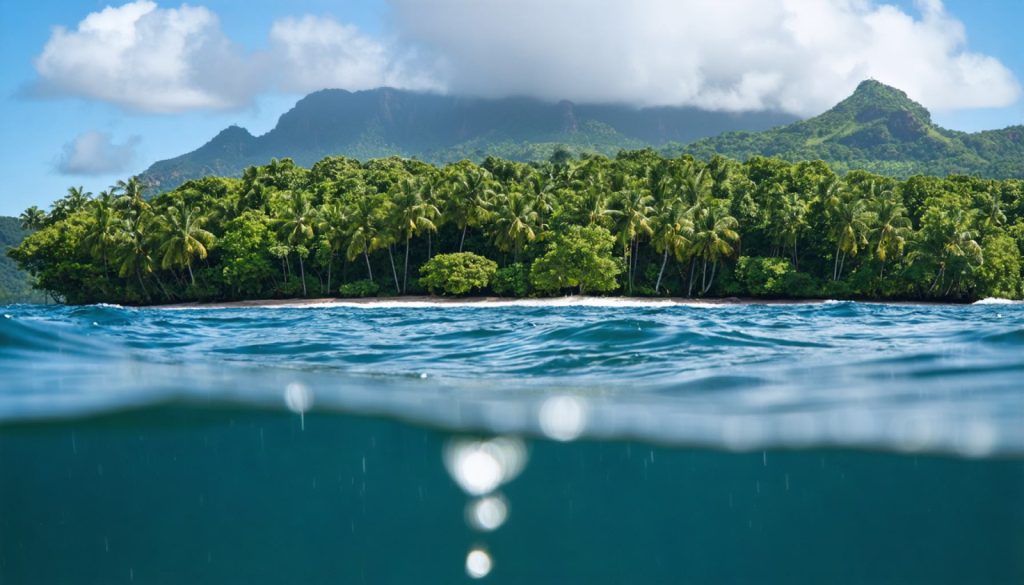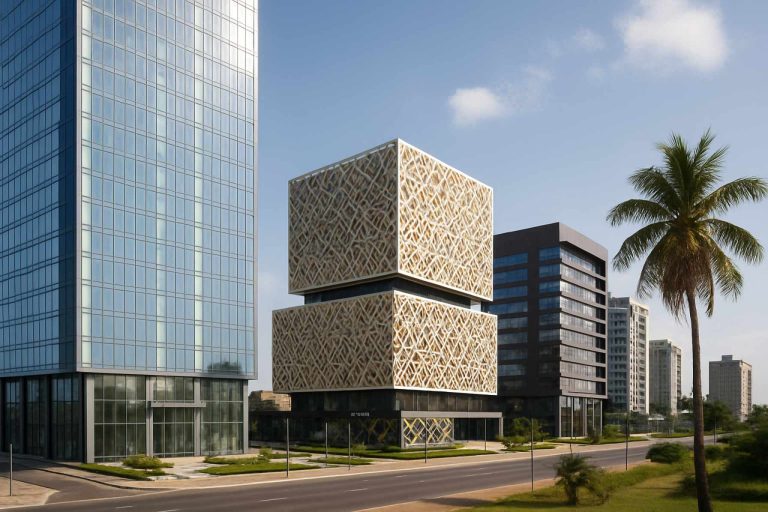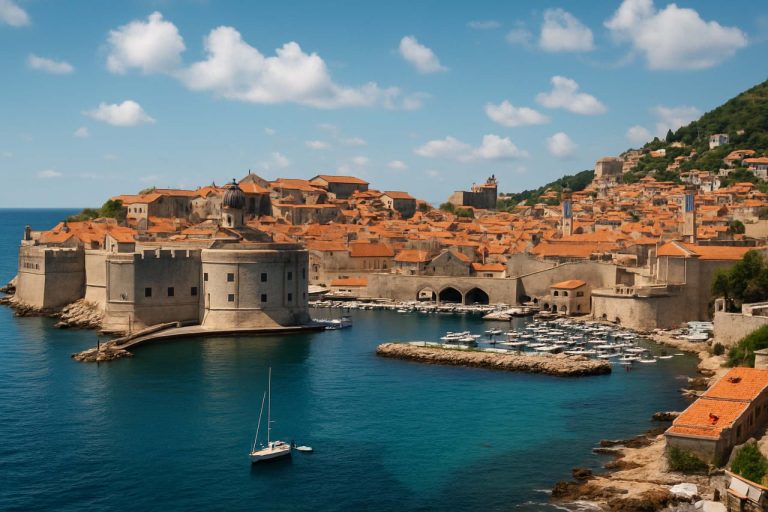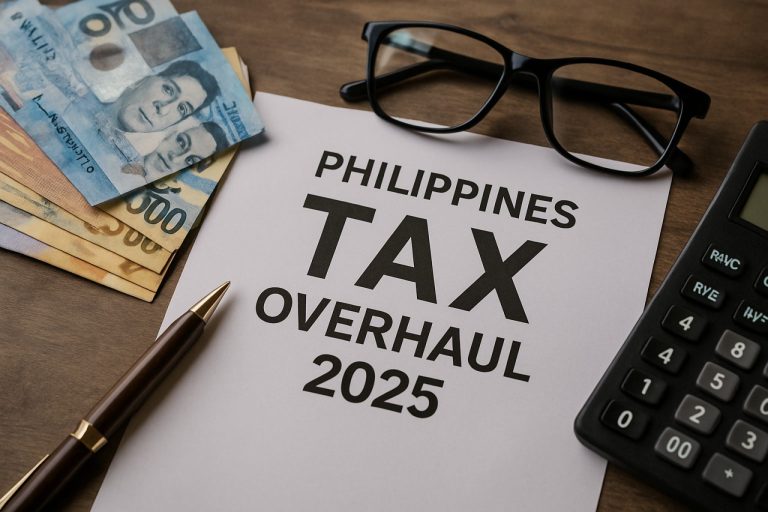
- The Solomon Islands are pioneering a comprehensive climate law to combat climate change effectively.
- This legislation aims to reduce carbon emissions, preserve biodiversity, and enhance community resilience.
- Key initiatives include promoting solar energy, revitalizing mangrove forests, and sustainable fishing practices.
- The strategy integrates policy, tradition, and innovation, actively involving communities and schools.
- Mangrove restoration is a symbolic and practical effort, offering protection and fostering marine life.
- Despite challenges such as financial constraints, the Solomon Islands demonstrate proactive governance and collaboration.
- Their climate law serves as a global inspiration, showcasing the impact of small nations in climate action.
Across the shimmering waters of the South Pacific, the Solomon Islands are crafting a new narrative in the global fight against climate change. Nestled among coral reefs and lush rainforests, this archipelago of more than 900 islands faces a threat as relentless as the tides that sculpt its shores: climate change. Rising sea levels, intense cyclones, and dwindling natural resources challenge its very existence, yet, the islands have taken an ambitious stance with a sweeping climate law aimed to turn the tide.
The sound of wooden canoes gliding through the azure waters echoes the whisper of an ancient ecosystem under siege. Here, the connection between people and the environment is visceral, woven into the cultural tapestry dating back thousands of years. Yet, in recent decades, the stark reality of environmental degradation has cast a long shadow. Struggling against these forces, the Solomon Islands government has forged a comprehensive climate law that seeks to safeguard both nature and society.
With powerful language, the legislation commits to reducing carbon emissions, preserving biodiversity, and bolstering community resilience. It spurs initiatives to harness solar energy, revitalize mangrove forests, and promote sustainable fishing practices. These efforts are designed not only to combat environmental change but to empower local communities with sustainable livelihoods.
The elegance of the islands’ strategy lies in its holistic approach. Vibrant coastal villages, adorned with swaying palm trees, are now part of a larger mosaic where policy, tradition, and innovation interlace. Workshops illuminate village halls with discussions about renewable energy, while local schools incorporate environmental stewardship into their curriculum. The law’s reach extends beyond bureaucracy, threading through the daily lives of the islanders.
One striking image resonates with this transformation: a young islander tending to newly planted mangroves, roots intertwining with the remnants of eroded shorelines. Mangroves, often called nature’s buffers, hold the promise of protection from storm surges and a sanctuary for marine life. They symbolize a larger hope—of resilience and regeneration.
This legislative journey is far from easy. The Solomon Islands navigates financial constraints, global economic pressures, and the intricate balance of protecting traditional practices while embracing modern solutions. Yet, its climate law exemplifies a commitment that transcends borders—a message echoing across the globe.
A takeaway emerges from this narrative: Small nations like the Solomon Islands offer profound insights into the power of proactive governance and community collaboration in addressing climate change. The strength of their vision fuels inspiration, reminding us that bold action often finds its roots in the places we might least expect.
As waves lap gently against coral reefs and the sun sets in a blaze of orange, a profound truth emerges: the Solomon Islands may be small in land, but they have made a significant stride in the vast sea of climate diplomacy. This climate law stands not just as legislation but as a legacy, offering hope against the rising tides.
How the Solomon Islands are Turning the Tide on Climate Change
The Solomon Islands, an enchanting archipelago in the South Pacific, have become a symbol of resilience and innovation in the face of climate change. This network of over 900 islands is not just confronting some of the most immediate and severe impacts of climate change—such as rising sea levels, increased frequency of cyclones, and erosion of natural resources—but is also pioneering strategies to address these challenges. Let’s explore several dimensions of this ambitious stance, emphasizing the broader significance of their efforts.
How-To Steps & Life Hacks for Addressing Climate Change
The Solomon Islands’ approach provides a guide for other nations looking to implement impactful climate policies.
1. Legislative Framework: Develop comprehensive laws focused on reducing carbon emissions and enhancing resilience. Ensure these laws are enforceable and well-integrated with local customs and needs.
2. Community Engagement: Craft initiatives that empower communities. This includes education programs that deepen understanding and ensure better adoption of sustainable practices.
3. Invest in Nature-Based Solutions: Ensure environmental programs prioritize the restoration and preservation of ecosystems. Mangrove planting in the Solomon Islands is a prime example of this approach.
4. Leverage Renewable Energy: Shift focus to renewable energy sources, such as solar power. This not only contributes to emission reduction but also provides clean energy.
Real-World Use Cases & Market Trends
Renewable Energy Deployment: Solar initiatives in the Solomon Islands could be a model for similar islands and coastal regions worldwide. According to the International Renewable Energy Agency (IRENA), the Pacific island region can significantly benefit from solar energy deployments given their substantial sun exposure and need for decentralized power systems.
Mangrove Restoration: The global trend in using mangroves as protective barriers against storm surges highlights their economic and ecological value.
Reviews & Comparisons
Analysts compare the Solomon Islands’ initiatives favorably against similar efforts in other small island developing states (SIDS). While places like the Maldives and Fiji are also active in climate diplomacy, the integrated social strategy in the Solomon Islands—emphasizing local empowerment—receives distinct appreciation.
Controversies & Limitations
While ambitious, the Solomon Islands face notable challenges, including:
– Financial Constraints: Limited access to global funding can impede project completion and scalability.
– Global Economic Pressures: Dependency on international grants and investments can make long-term sustainability precarious.
Insights & Predictions
Given its proactive stance, the Solomon Islands are likely to emerge as leaders among SIDS in climate action, potentially influencing international policies on climate resilience and sustainability. Their holistic integration of community-based approaches alongside policy and environmental objectives may soon attract increased international investment and partnerships.
Pros & Cons Overview
Pros:
– Empowered communities resilient to climate changes
– Restored ecological balance and biodiversity
– Enhanced international reputation and influence
Cons:
– Financial challenges
– Vulnerability to larger economic and climatic forces
Actionable Recommendations
1. International Support: Global organizations and wealthier nations should increase financial and technical assistance to amplify these efforts.
2. Cross-National Collaboration: Encourage knowledge sharing and partnerships with other SIDS to replicate successful strategies.
3. Community Involvement: Ensure ongoing active participation of local communities in policymaking and implementation.
In conclusion, the remarkable journey of the Solomon Islands offers a beacon of hope. Despite their geographical size, their climate law serves as a clarion call to the world. For more insights on innovative solutions, visit the United Nations website. Their story reminds us that even the smallest nations can initiate powerful waves of change in global climate diplomacy.



